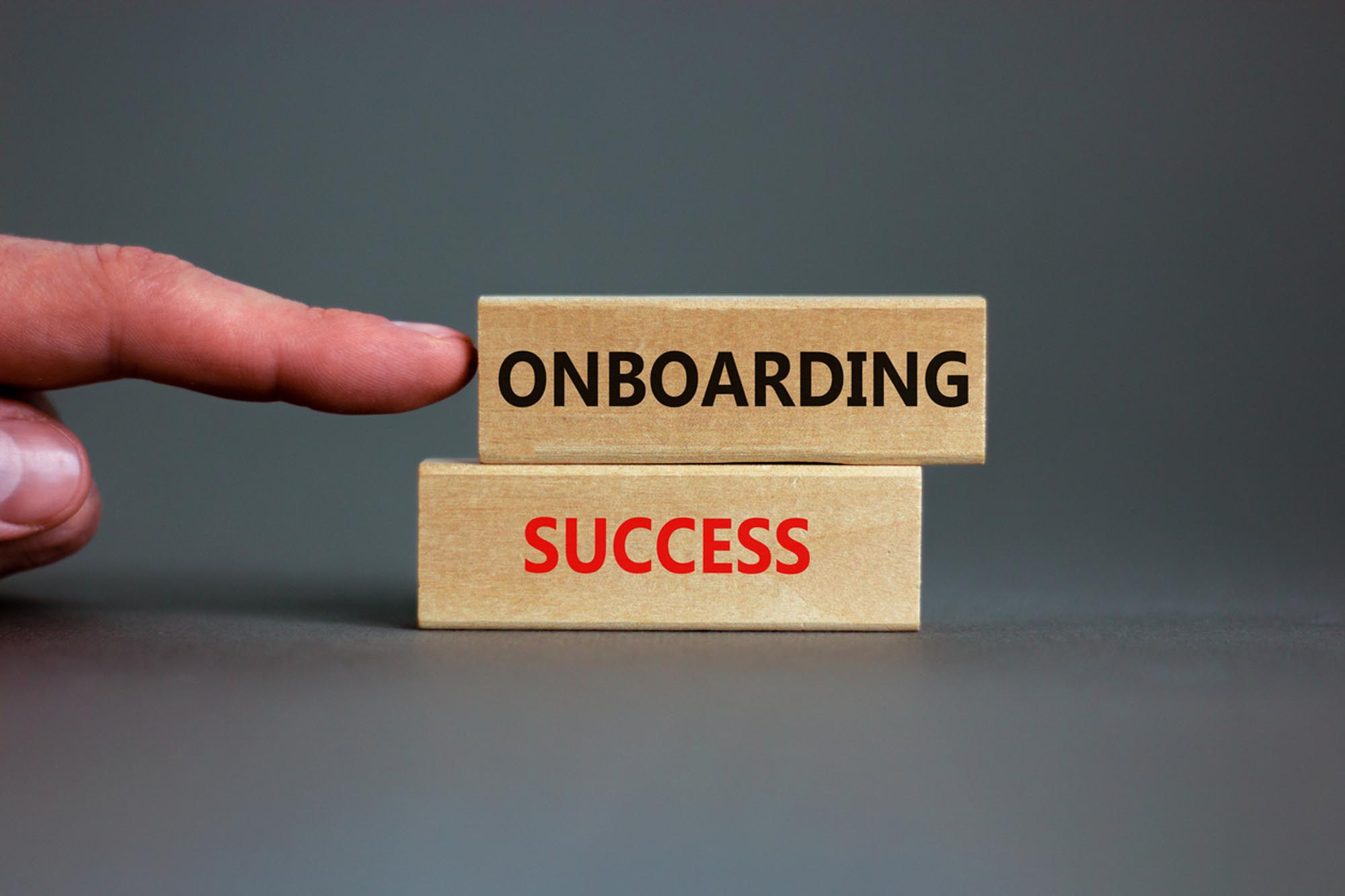Although often confused with employee orientation, the employee onboarding process is actually much more. While it may be tempting to acclimate new employees as quickly as possible, an effective employee onboarding plan spans from the moment a candidate accepts an employment offer up to a recommended one year of employment, when that employee can be considered fully integrated into the organization. It encompasses the period in which an employee is no longer considered new based on their lack of understanding the company’s processes, policies, and culture to the time when they are fully functioning in their role. To design an effective employee onboarding plan, employers should determine the following:
● The start date of the onboarding
● The duration of the onboarding process
● The impression the organization wants to make on the new employees
● What the employees need to know about the organization’s culture
● The roles of key stakeholders
● The goals of the employees, specific to their job titles
● How success is measured
Once the above items are determined, HR’s role is to work with management to devise a plan that helps employees assimilate the policies, while also becoming familiar with the company culture and operations. The three main goals of employee onboarding are acclimation, engagement, and retention. Acclimation typically involves orientation but goes much farther to ensure that the employee
understands expectations and the role they play in the organization’s goals. An effective onboarding plan also creates opportunities to boost employee engagement through a supportive relationship with management, reinforcing the organization’s commitment to the
employee’s growth, and recognizing their talent. Finally, retention is important because the costs of turnover are so high. Therefore, it is important to invest in retaining talent and avoiding unnecessary turnover.
The key steps to employee onboarding include:
1. Creating a plan and sticking to it. A successful employee onboarding process requires an investment of time, energy, and resources. However, the outcome is well worth it, since you’ll have an experience that clearly conveys expectations, introduces organizational culture, and makes vital connections so that the employee can succeed.
2. Committing to a year. While the employee’s first day is important, organizational integration can take up to a full year. Utilize key milestones such as 30, 60, 90, 120, and 365 days to set goals and check in on progress.
3. Creating onboarding checklists. These can exist at various levels, including everything from organizational to team to role-based. These checklists provide a roadmap for the employee and stakeholders to ensure successful integration with the organization. It is HR’s role to ensure that employees and managers are supported throughout this entire process. Roles and responsibilities should be clear and checklists help facilitate that consistently.
A well-executed and effective onboarding process results in a faster learning curve for new hires, which in turn improves communication and fosters a more productive and engaged workforce. We can manage the employee onboarding process for your organization and work with you to determine a checklist of requirements for when an employee is considered fully integrated into your organization. Contact us for a consultation.
